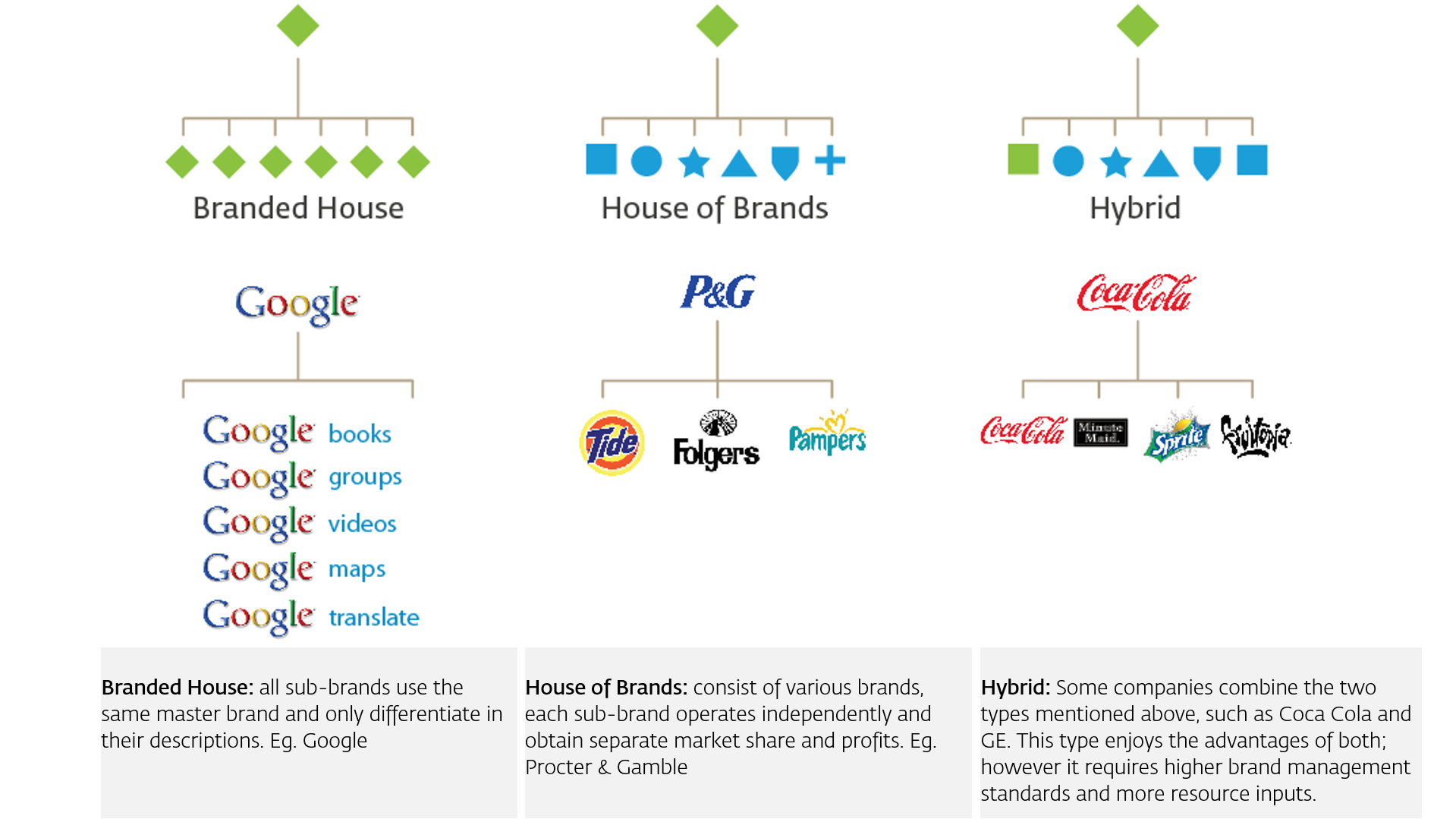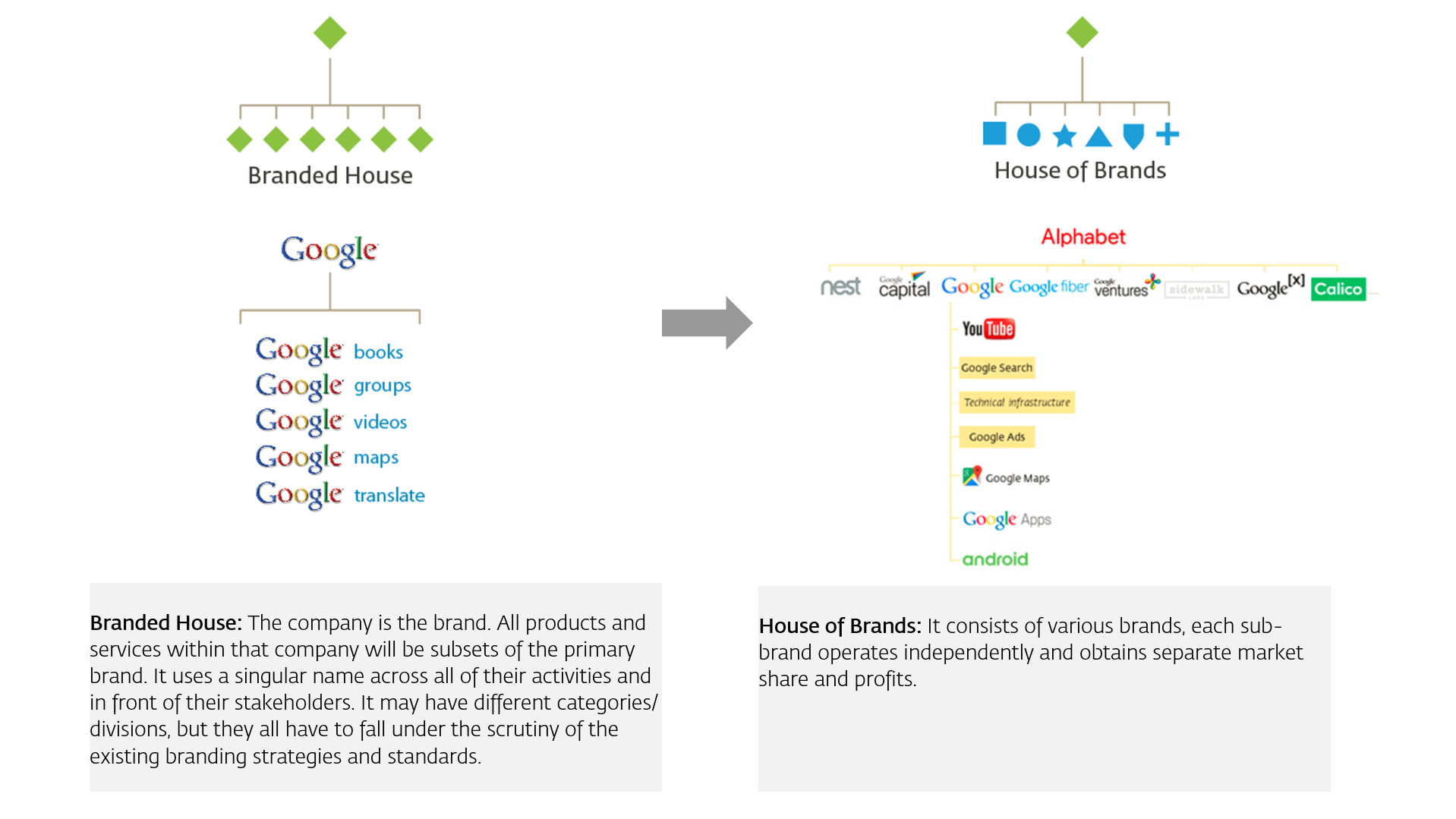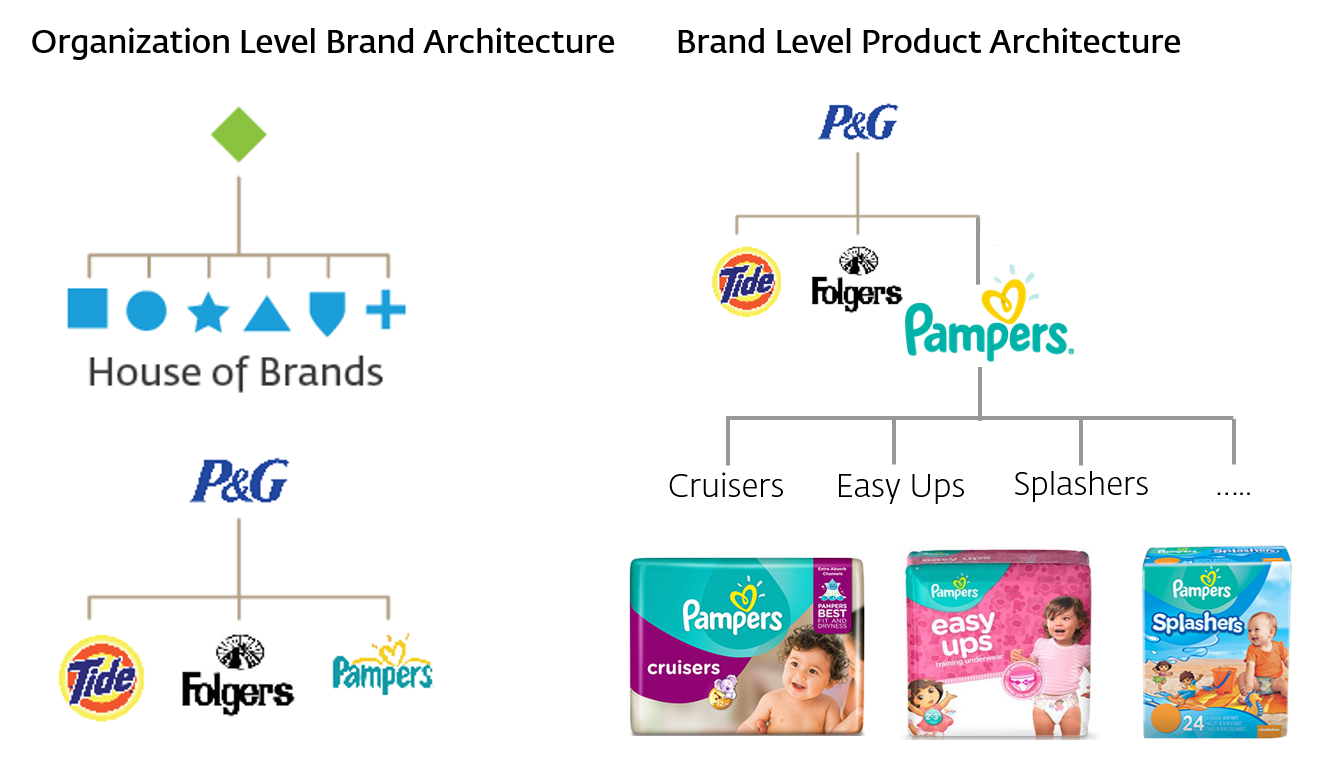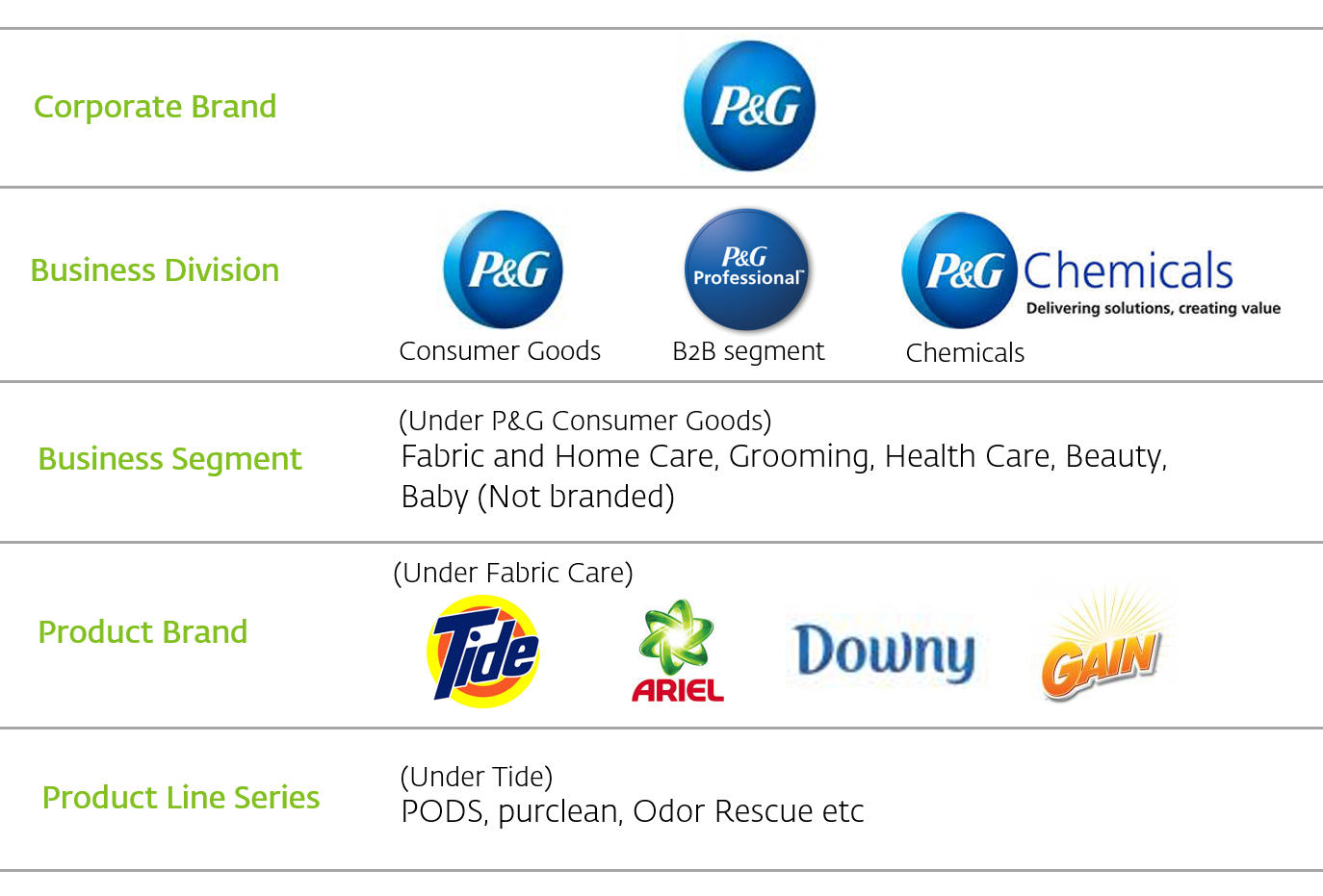

This article is part of our Brand Architecture series, where we clarify and identify best practices in brand architecture strategies that guide brand growth.
Standard Chartered Manhattan, OCBC 365, UOB Lady’s, Citi PremierMiles, DBS Live Fresh and what have you. “What are the differences between all of these?” is probably a thought that has crossed your mind if you were thinking of getting a credit card at one time or another in Singapore.
A credit card from each major bank in Singapore could easily give us a count of 10. Multiply that by the number of cards from each bank, and couple this with the fact that different cards enjoy different benefits based on its supposed value proposition. This leaves consumers in a confused state of mind with a jumble of rewards, rebates, cashback, air miles, petrol, groceries, entertainment, online shopping, etc. swimming in their minds. Are we able to tell what UOB’s YOLO, ONE and Delight cards are good for by the mere mention of the name?
Just what are the differences between these cards? Which card do I pick if I want entertainment deals, and cash rebates for purchases as well as petrol all with the same credit card?
There is constant pressure to grow brand equity and to innovative in a highly competitive market. But before jumping into multiple new brands and product launches, perhaps, it is wise for brand owners and marketers to take a step back and ponder these bigger questions:
Clarifying brand architecture from the beginning is a necessity during new product or service launches. Prioritizing and applying this brand architecture strategy before embarking on the brand journey allows us more strategic vision and strong equity for both parent and sub-brand.
“Architecture” [noun] is defined as the complex or carefully designed structure of something. As the name suggests, brand architecture is the structure of brands within an organization. It showcases the relations between each of the brands, as well as the relationship with the parent brand. Brand architecture strategy is an important foundation for effective brand management, but often overlooked.
You have probably come across brand architecture in your area of work without realizing it. Recall a situation when a certain business unit (BU) came to the brand or marketing team with a new product and requested to be branded. Did you find yourselves going through the question of what name should it be called? What should be the look and feel? What should be the messages? Do you have difficulty convincing the BU how and why certain things should or should not be done in a way they wished it would be?
Such are the problems faced when there is no brand architecture strategy or active framework in place. Resources are plowed into lengthy development stages only to realize at a later stage that all the products or brands in the organization are not working in synergy, which would maximize the brand equity for the organization.
House of brands, branded house are familiar approaches in the aspect of brand architecture. While there is no right or wrong brand architecture approach, there is an optimal brand architecture strategy that will best fit the organization’s brand goals, consumers and market situations. It is also important to note that there is no one-size-fits-all brand architecture: it must timely suit the brand’s situation.

Three Types of Brand Architecture
Regardless of whichever brand architecture strategy is being adopted, a good brand architecture should observe the following principles:

Brand Architecture Change of Google
Instead of going back to the empty drawing board each time a need for “branding a new product or service” arises, strategize and develop a systemized brand architecture that will structure governance of all future development and ensure consistency in the appropriate way. To do this, we need to first clarify the current situation, and then strategize future direction.
Clarify
1.What is the existing brand hierarchy system now?
2.Should it be branded?
Strategize
3. Is the portfolio being optimized?
4. How big a role does it play? What is the relationship with parent brand?
5. How do we express it (Verbally and visually)?
In a family, there are different roles and hierarchies – parents, children, adopted children, cousins, distant relatives, etc. Just like a family, it is important to clarify the hierarchy between the different levels of brands in an organization. Knowing which level it is situated will help to clarify if it is an organization-level brand, or brand-level product; a concept that is often confused among stakeholders within the organization.

P&G Brand Architecture

P&G Brand Architecture
We are all familiar with the terms “brand” and “branding”, but have you wondered what it means to have a product or service branded? At what point do we consider a certain product or service to be branded? Does simply having a unique name on its own qualify it to be a brand? Evidentially not. When managed well, the brand should build equity that brings value to the organization. With this, one should also safeguard this brand equity by ensuring that it is protectable, minimally with a legal trademark.
How strongly a product/service is being branded varies according to its relationship with the parent brand and its implementations, but generally, it should fulfill the following criteria to be considered branded:
For example, Citi’s use of the descriptive words “PremierMiles” on its credit card does not constitute it as a brand. Citi adopts a parent brand approach and “PremierMiles” is merely used as a descriptive name for a product under Citibank. To some, Citi has the clearest brand architecture and the simple structure of its products facilitates the understanding of its product offerings.

Citi’s “PremierMiles” Credit Card
Having cleared misconceptions of what constitutes being branded, we should next determine if it should be branded, keeping in mind that one of the main purposes of a brand architecture is to facilitate customer’s understanding for the brand’s offerings. Therefore, we need to question the following before we determine if the division/ product/ service should be branded:
Clarifying and strategizing is a straightforward tool that helps us to ask the hard questions about a brand architecture strategy: does the brand really provide the necessary foundation for strong growth? Is it clear what purposes the brand is serving within the organization, or better yet, the brand’s future for expanding the market share of the parent brand?
With brands becoming more globalized every year, these questions become more important. The first step in finding an answer lies in asking the difficult questions and opening our minds to new possibilities for maximizing brand value.
In our next issue we will move from clarifying to strategizing about Brand Architecture and the possibilities that come with it.
A Labbrand Group Company © 2005-2024 Labbrand All rights reserved
沪ICP备17001253号-3To improve your experience, we use cookies to provide social media features, offer you content that targets your particular interests, and analyse the performance of our advertising campaigns. By clicking on “Accept” you consent to all cookies. You also have the option to click “Reject” to limit the use of certain types of cookies. Please be aware that rejecting cookies may affect your website browsing experience and limit the use of some personalised features.